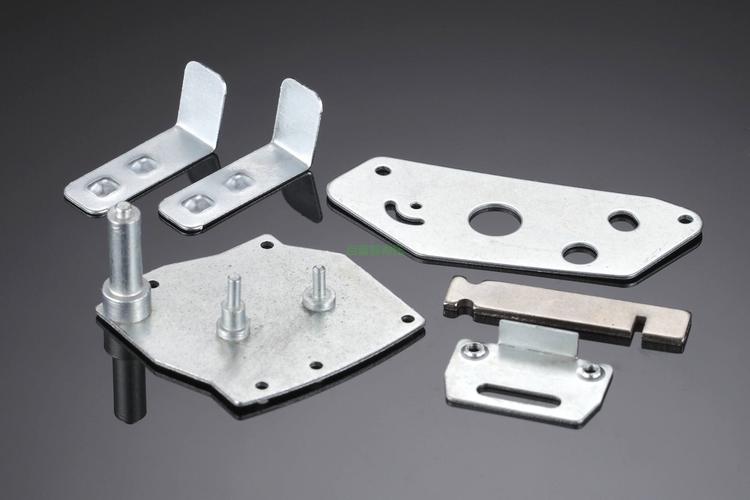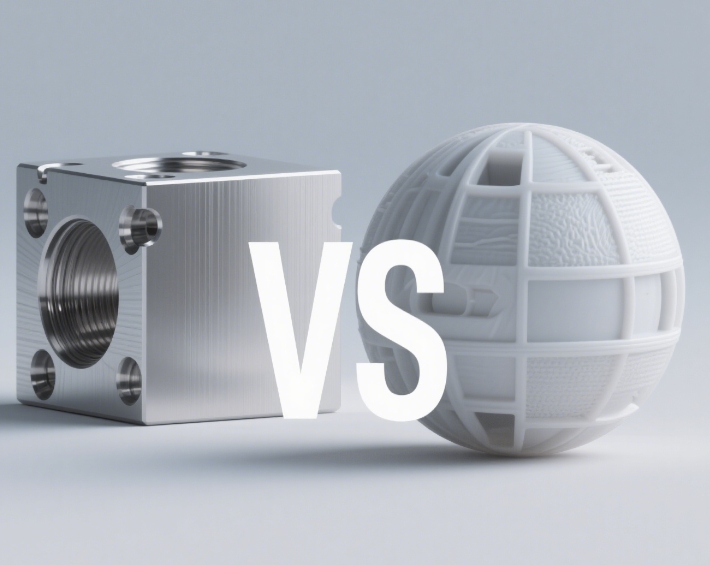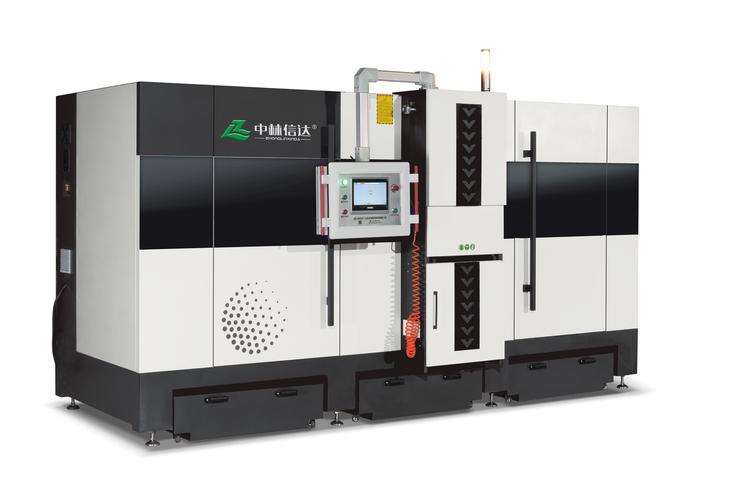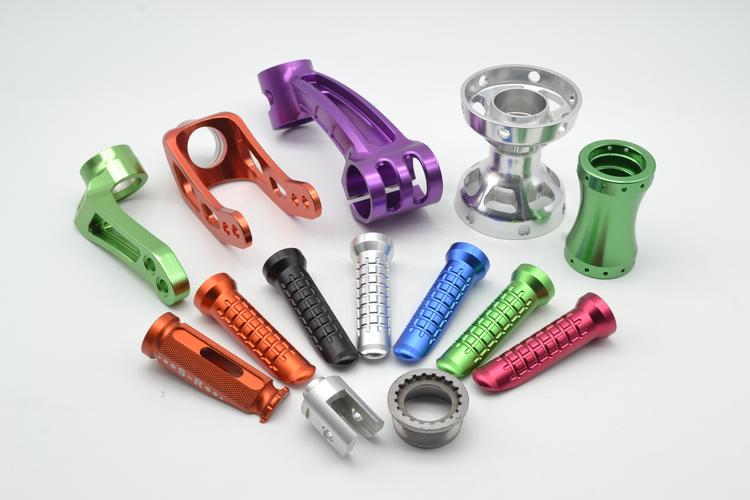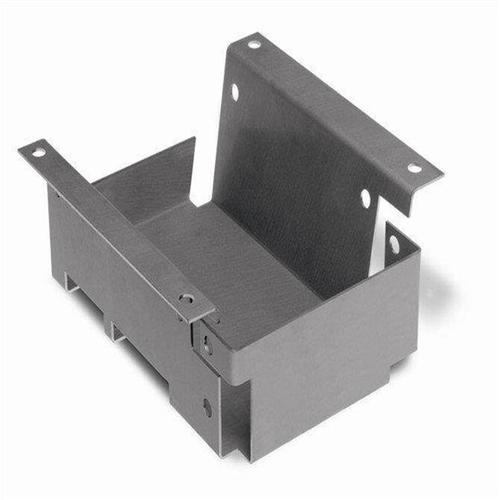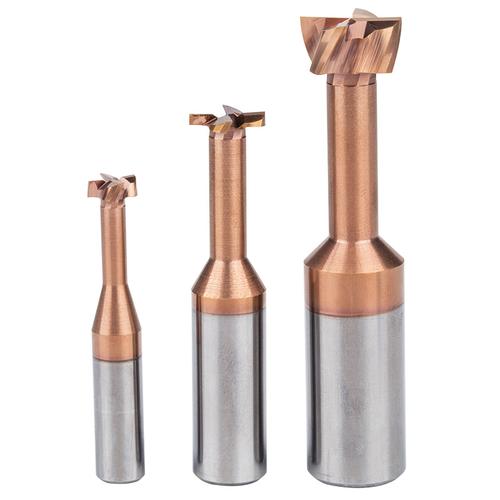
The most common material for CNC tooling is tungsten carbide, sintered from tungsten carbide (WC) and cobalt (Co) binders. It accounts for over 60% of industrial CNC tool applications, especially suitable for high-speed cutting of steel, cast iron, and aluminum alloys.
- Composition Structure:
- Mainly composed of tungsten carbide (WC, 80%-95%) and cobalt (Co, 5%-20%), with some containing reinforcing phases like titanium carbide (TiC) and tantalum carbide (TaC).
- Sintered hardness reaches HRC89-93, wear resistance 10-20 times that of high-speed steel, and high thermal conductivity (suitable for heat dissipation).
- Application Scenarios:
- Steel cutting (45# steel, alloy steel), cast iron processing (HT300), high-speed milling of aluminum alloys (6061 aluminum, cutting speed 300-500m/min).
- Typical products: Turning inserts, milling cutters, drill bits (diameter ≥3mm).
- Composition Structure:
- Contains alloying elements such as tungsten (W), molybdenum (Mo), chromium (Cr), and vanadium (V) (e.g., W18Cr4V). After quenching, hardness is HRC62-68, with red hardness (maintaining hardness at 600℃) superior to ordinary tool steel.
- Application Scenarios:
- Low-speed precision machining (e.g., gear cutters, taps), complex forming tools (e.g., broaches), and non-metallic material (plastic, wood) cutting.
- Advantage: Good toughness, not easy to chip, suitable for manual programming or old equipment.
- Composition Structure:
- Primarily alumina (Al₂O₃) or silicon nitride (Si₃N₄)-based ceramics, hardness HRA92-94, high temperature resistance (no softening at 1200℃), but brittle.
- Application Scenarios:
- High-speed dry cutting of cast iron/steel (speed 1000-3000m/min), turning of hardened steel (HRC50+), and heat-resistant alloy (e.g., Inconel) processing.
- Typical case: High-speed milling of automobile engine blocks, tool life 5-10 times that of tungsten carbide.
- Polycrystalline Diamond (PCD):
- Sintered from diamond micropowder and cobalt, hardness up to HV7000-8000, extremely wear-resistant, suitable for non-ferrous metals (aluminum, copper) and non-metals (ceramics, carbon fiber).
- Taboo: Cannot machine steel (diamond reacts chemically with iron).
- Cubic Boron Nitride (CBN):
- Hardness HV3000-5000, high temperature resistance (1400℃), specialized for hard materials (HRC55+ quenched steel, high-speed steel) and cast iron processing.
- Application: Hard turning of automotive gears (20CrMnTi carburized and quenched), replacing grinding processes.
| Type |
Cobalt Content |
Hardness |
Toughness |
Typical Applications |
| Ultra-hard Alloy |
3%-6% |
HRC92+ |
Low |
Precision cutting of cast iron/hardened steel |
| General Alloy |
8%-12% |
HRC90 |
Medium |
Semi-finishing-finishing of steel/aluminum |
| Wear-resistant Alloy |
15%-20% |
HRC88 |
High |
Intermittent cutting (e.g., casting burr processing) |
- TiN Coating (Titanium Nitride):
- Gold yellow, hardness HV2000, improves wear resistance, suitable for aluminum alloy cutting (reduces sticking).
- TiAlN Coating (Titanium Aluminum Nitride):
- Blue-gray, hardness HV3000, high temperature resistance (1100℃), used for high-speed steel machining (e.g., mold steel milling).
- CVD/PVD Coating Processes:
- CVD (Chemical Vapor Deposition) coatings are thick (5-10μm), suitable for roughing; PVD (Physical Vapor Deposition) are thin (1-3μm), suitable for finishing.
- Single-edge cost: 3-5 times that of HSS, but 10-20 times longer life, lower comprehensive cost (e.g., machining 1000 aluminum parts, tungsten carbide needs 1 replacement, HSS needs 10).
- Preferred: Coated tungsten carbide (e.g., TiAlN coating), cutting speed 150-300m/min, feed 0.1-0.5mm/rev.
- Taboo: Ceramic tools are prone to chipping at low speeds; machine rigidity must be ensured (vibration ≤0.01mm).
- Preferred: Ultrafine-grain tungsten carbide (6% cobalt content) or Si₃N₄ ceramics, dry cutting speed 800-1500m/min, using cast iron heat dissipation to reduce tool temperature.
- Preferred: PCD tools (diamond does not stick to aluminum), cutting speed 2000-4000m/min, feed 0.2-1mm/rev, achieving mirror finish (Ra≤0.4μm).
- Preferred: CBN tools or ceramics, hard turning replaces grinding, efficiency increased 3-5 times (e.g., bearing ring machining, cutting speed 200-400m/min).
| Workpiece Hardness |
Recommended Tool Material |
Cutting Speed Range |
| ≤HRC30 |
Tungsten carbide (general type) |
100-500m/min |
| HRC30-50 |
Coated tungsten carbide/ceramic |
80-300m/min (ceramic) |
| ≥HRC50 |
CBN/ceramic |
50-200m/min |
- Mass production: Prioritize tungsten carbide/ceramics (long life);
- Low-volume/prototyping: HSS (low cost, easy to grind).
- High-speed machining centers (spindle speed >10,000rpm): Ceramic/PCD tools;
- Ordinary machines (speed ≤3000rpm): Tungsten carbide/HSS.
- Composition: TiC/TiN-based cermet, hardness HRC88-92, red hardness superior to tungsten carbide, suitable for semi-finishing of steel (e.g., gear shaft milling).
- Such as AlCrN/TiN multilayer coatings, hardness HV4000+, used for aerospace titanium alloy (Ti-6Al-4V) machining, tool life increased by 50%.
- Monitor cutting temperature/vibration through sensors, automatically adjust coating heat dissipation (e.g., shape memory alloy coating tools), reducing chipping risk.
- Tool: Al₂O₃ ceramic milling cutter, cutting speed 1200m/min, combined with 5-axis machining center, achieving cylinder hole accuracy ±0.015mm.
- Tool: PCD end mill, cutting speed 3000m/min, feed 0.1mm/z, surface roughness Ra≤0.8μm, no post-polishing needed.
- Tool: CBN-coated tungsten carbide, using minimum quantity lubrication (MQL), cutting speed 80-150m/min, avoiding high-temperature adhesion of titanium alloy.
- Wear: When tungsten carbide machines cast iron, Crater wear occurs on the cutting edge (cobalt content needs to be increased);
- Chipping: When ceramic tools machine intermittent surfaces, edge chipping occurs due to brittleness (should switch to CBN).
- A car factory machining gray cast iron cylinder blocks originally used tungsten carbide tools with a life of 500 pieces. After switching to Si₃N₄ ceramic tools, life increased to 5000 pieces, cost reduced by 80%.
Tungsten carbide becomes the mainstream CNC tool material due to its comprehensive advantages in hardness, wear resistance, and cost, accounting for over 60%. For different processing scenarios, it is necessary to select coated tungsten carbide, ceramics, PCD/CBN and other materials according to workpiece material hardness, equipment conditions, and batch requirements. In the future, nano-coating and intelligent tool technologies will further expand the efficiency boundaries of CNC machining, especially in the field of difficult-to-machine materials (such as high-temperature alloys and composites).
